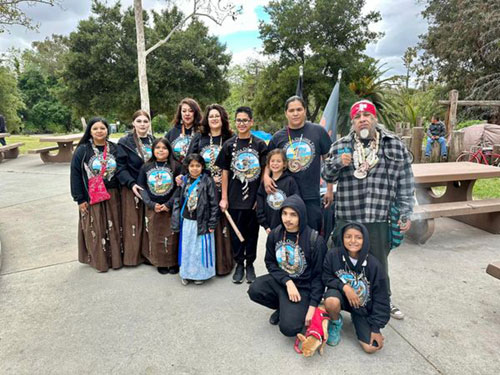Why Tribal Land Management Is So Important for the Environment
Why Tribal Land Management Is So Important for the Environment May 2023

Across the world, science is turning to traditional knowledge to get a better understanding of the natural world and the environment in which mankind exists. From stopping the melting of the polar ice caps to protecting fish stocks and enriching agricultural land, traditional wisdom is leading to a deepening understanding of the causes and effects of environmental damage and is also pointing out ways to stop it. In a world of rapidly depleting resources, land protection and conservation are essential to human survival. But how are the required results to be achieved? Is it through continued scientific research or by reverting to traditional forms of land management?
Good Intentions Are Not Enough
This is not a Native Americans vs. White Americans battle. Tribal lands were indeed stolen either by utilizing force or by enacting biased laws to benefit the colonizing “White men” but the land was not taken away so its ecology and habitats could be altered, damaged, and/or destroyed. Many wanted to put the land to be used and exploited as part of “Manifest Destiny,” and many had their ideas on how to do it. Unfortunately, many of the actions and policies which appeared to be beneficial were not only deceptive, but detrimental to the ecological balance of each habitat, The benefits were at times, only short-term, and the damage that was done continues today.
An example of this is the action of the federal government in 1908 to take away 18,000 acres of land from a few Montana tribes to set up the National Bison Range. The objective of protecting the bison, and with around 250 animals left from an extimate of 60,000,000 at the time of European contact, preventing their extinction was laudable, but the aboriginal owners of the land were given no say in the decision making. The bison, which had historically provided the Native Americans with food, clothes and shelter used to range in vast herds across the country. There was no shortage of theselarge grazing animals, and even after the number of European settlers increased manifold, the bison were still plentiful (until 1884). It was only when the the bison were subjected to the imported large ranch system of animal husbandry that their numbers started to further decline. Animals that humans depend on need to be cared for which included culling over populated herds,and that were not used only as raw materials for economic exploitation. The Plains tribes knew this, but no one listened to them.
The great dust bowl that afflicted the Midwest in the 1930s was a unique event. There is no historical, anthropological or geological evidence of it ever having occurred before. It was a weather-related event, but the agricultural systems that were being employed at that time exacerbated the situation, and made the soil conditions much worse than it should have been. The Tribes knew this too, but again no one listened to them.
Averting a Climate Catastrophe
Governments across the globe agree that the world is staring at a climate catastrophe and that urgent steps need to be taken to avert greater disasters. Traditional ecological knowledge is a key factor in understanding the natural world and learning how to maximize the use of resources without destroying it. It is estimated that while Native people comprise about 5% of the world’s population, they use approximately 25% of the land and 11% of the forests. There is evidence that these Native people maintain about 80% of the planet’s bio diversity and by doing so, have prevented the looming climate catastrophe from having already consumed world-wide populations.
In the U.S., the Native Tribes like the Muwekma Ohlone are a vast resource of information on productive and ecologically safe land management. Unless this resource is tapped, the struggle to protect the land will become more difficult.